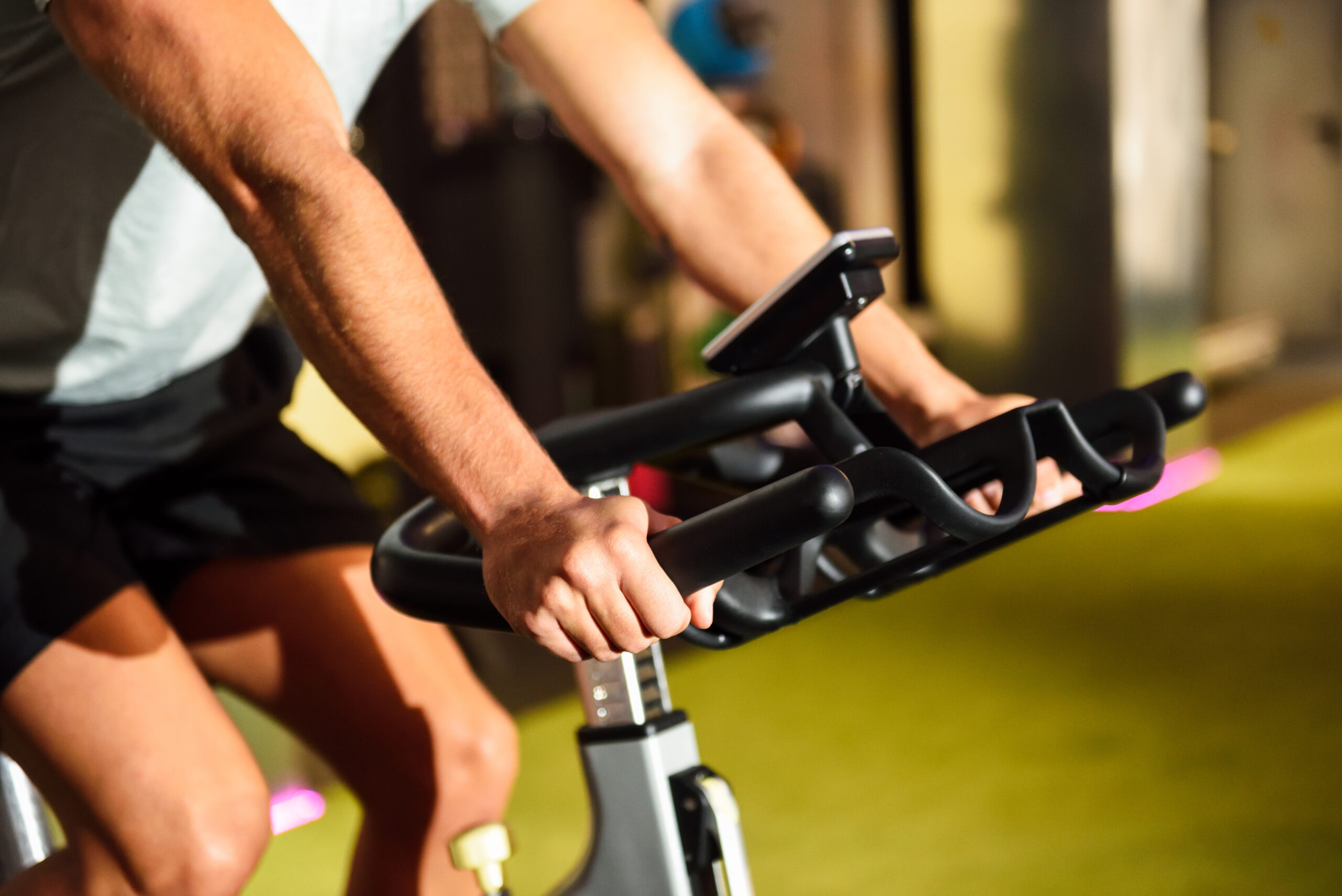How Returning Cyclists can Regain Cycling Fitness : Tips for Regaining Cycling Fitness After a Break
Cycling, like any other sport, requires consistent practice to maintain peak performance. However, life often presents circumstances that necessitate a break from the sport. Whether due to career commitments, family obligations, or health issues, many cyclists find themselves needing to regain their cycling speed after a significant hiatus. This article provides a comprehensive guide for such cyclists, outlining the challenges they might face and offering practical strategies to overcome them.
One of the first challenges returning cyclists often encounter is a decrease in stamina. While they may still be able to achieve high speeds, their endurance levels are typically lower than before. This inconsistency in performance can lead to a cycle of overexertion on good days, followed by sluggishness and diminished performance in subsequent days. Understanding this pattern is the first step towards managing it effectively.
To regain cycling speed and power, it’s crucial to set new performance baselines. Old metrics like lactate threshold, VO2 max, and functional threshold power (FTP) become irrelevant after a significant break. Instead, cyclists should establish new baselines based on their current fitness levels. This approach allows for the application of appropriate training stress, which is crucial for gradual and sustainable improvement.
Patience is another key aspect of the process. While experienced athletes who have taken time off can regain speed and power quickly due to their previous training history, it’s important not to rush the process. Overdoing workouts can hinder progress and lead to injuries. It’s also essential to remember that the ability to recover from significant efforts needs to be redeveloped alongside workout capacity.
Skill refinement is another important aspect of regaining cycling speed. Cyclists should focus on redeveloping their skills, such as drafting, taking clean lines through turns, and positioning themselves optimally in the pack. However, it’s also important to evaluate risk tolerance, as it may have changed during the break from cycling. For instance, cyclists who have become parents or whose careers involve manual work might become more risk-averse.
Smart group riding is a useful strategy for older cyclists or those returning from a break. The idea is to use drafting and positioning skills to stay with fast groups as long as possible, thereby accumulating time at high intensity without overexerting oneself.
Another strategy is conservative riding, which involves making big efforts only when necessary. This approach is particularly beneficial for cyclists who find that making big efforts costs more than it used to due to reduced stamina.
Motorpacing, which involves drafting behind a motorized vehicle to maintain higher speeds, can also be a useful training tool for those who know how to do it safely. If motorpacing is not an option, participating in faster group rides can be a good substitute.
Regaining cycling fitness after a significant break involves understanding the challenges, setting new baselines, managing one’s ego, refining skills, and adopting smart riding strategies. With patience and consistent effort, returning cyclists can regain their speed and power, and once again enjoy the thrill of cycling at peak performance.



